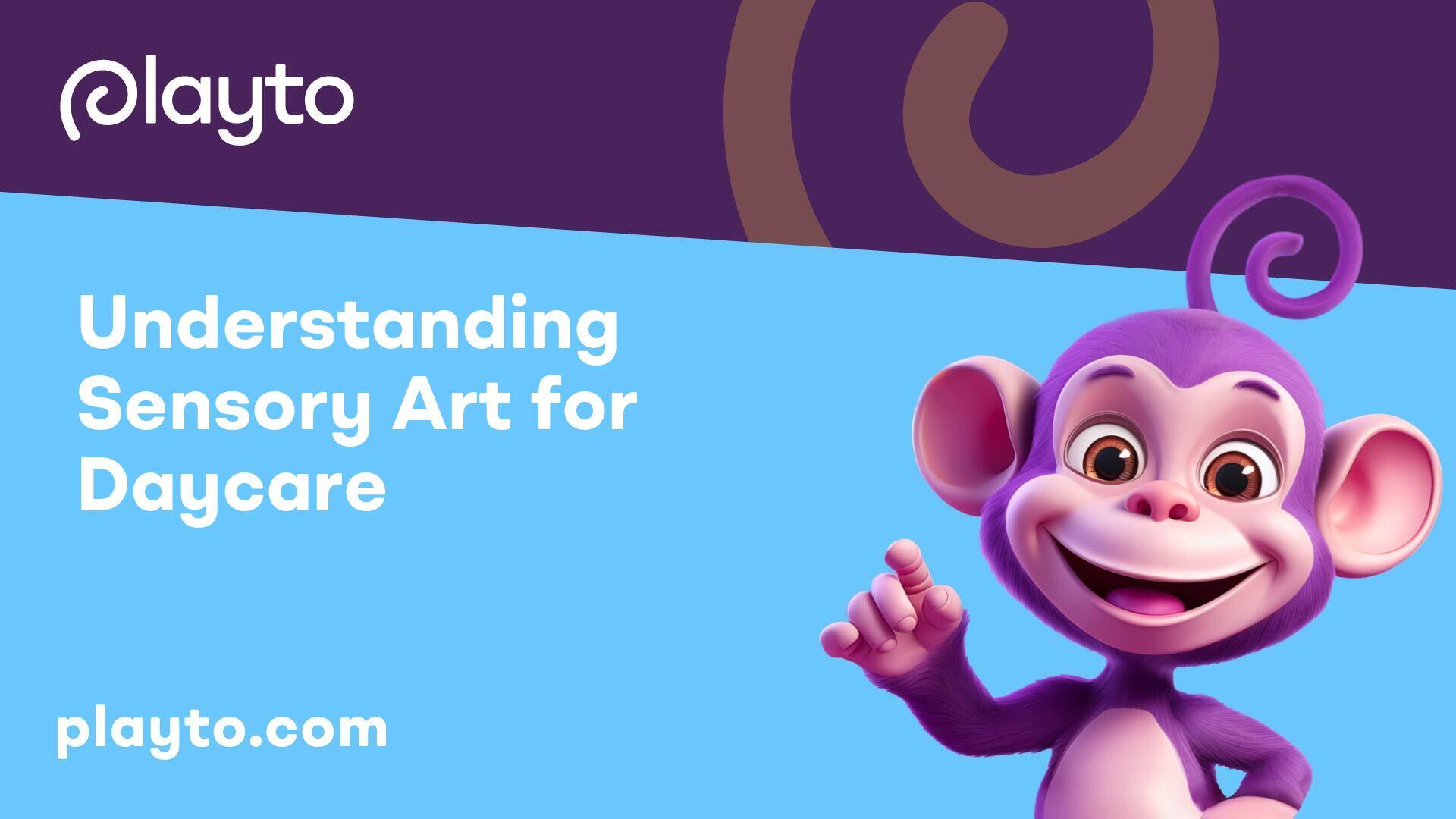
Understanding Sensory Art for Daycare
Importance of Sensory Play
In the realm of daycare activities, sensory play holds a significant role in nurturing a child's development. Sensory play is any activity that engages a child's senses of touch, sight, hearing, smell, and taste, enabling them to explore and comprehend the world around them. This interactive and hands-on approach aids children in processing information and fosters cognitive growth.
Benefits for Children's Learning
Sensory activities play a vital role in children's learning and development, helping them absorb and retain knowledge through their senses. By incorporating sensory elements in educational experiences, children can enhance their creativity, problem-solving skills, and overall cognitive abilities. Moreover, sensory play can be adapted to suit children of various ages, needs, and capabilities, making it inclusive and advantageous for a diverse range of children within a daycare setting.
By integrating sensory art into the daycare curriculum, caregivers can create enriching experiences that not only promote learning but also support emotional and social development in young children. Through carefully curated sensory activities, children are provided with the opportunity to explore and learn in a manner that aligns with their natural curiosity and developmental stages. For more activities that enhance sensory engagement, you may also explore daycare crafts for problem-solving skills and expressing emotions with daycare crafts.
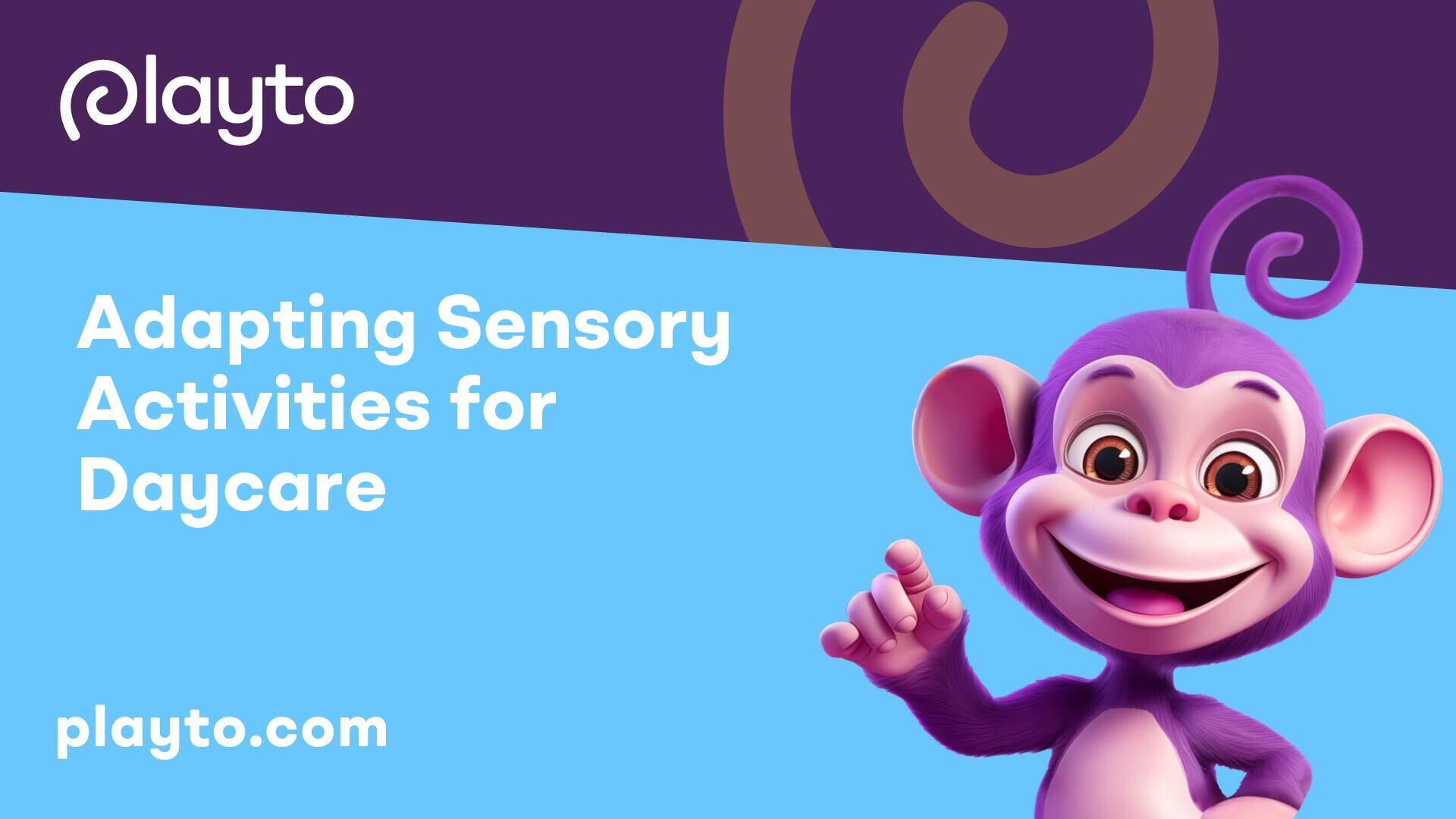
Adapting Sensory Activities for Daycare
When it comes to incorporating sensory activities in daycare settings, it is crucial to adapt these activities to cater to the diverse needs and abilities of children. By implementing inclusive approaches and age-appropriate adaptations, daycare providers can create enriching and engaging experiences for all children.
Inclusive Approaches
Sensory activities can be adapted to accommodate children of different ages, needs, and abilities, fostering an inclusive environment that benefits a wide range of children [1]. Implementing inclusive strategies involves creating multisensory zones in the daycare classroom. These zones can feature sensory-rich materials such as soft textures, calming lights, and interactive elements that promote a sense of belonging and empowerment for every child.
By tailoring teaching strategies to cater to various learning styles through differentiation techniques like visual aids, interactive activities, and assistive technologies, daycare providers can bridge gaps and provide equitable learning opportunities for all children. Encouraging loose parts play also allows children to engage in open-ended learning experiences, connecting to multiple subjects like math, science, language, art, and music, while promoting creativity and critical thinking.
Age-Appropriate Adaptations
In addition to inclusive approaches, age-appropriate adaptations play a critical role in enhancing the effectiveness of sensory activities in daycare settings. For infants and toddlers, prioritizing open-ended materials and toys that spark imaginative play is key. These items allow for limitless possibilities, encouraging exploration and learning experiences that support early development and curiosity.
Adapting sensory activities based on the age of the children ensures that the experiences are not only engaging but also developmentally appropriate. Careful consideration of age-related milestones and interests can help daycare providers create sensory-rich environments that support children's growth, exploration, and learning.
By embracing inclusive approaches and incorporating age-appropriate adaptations in sensory activities, daycare providers can create nurturing environments that cater to the diverse needs and developmental stages of all children in their care.
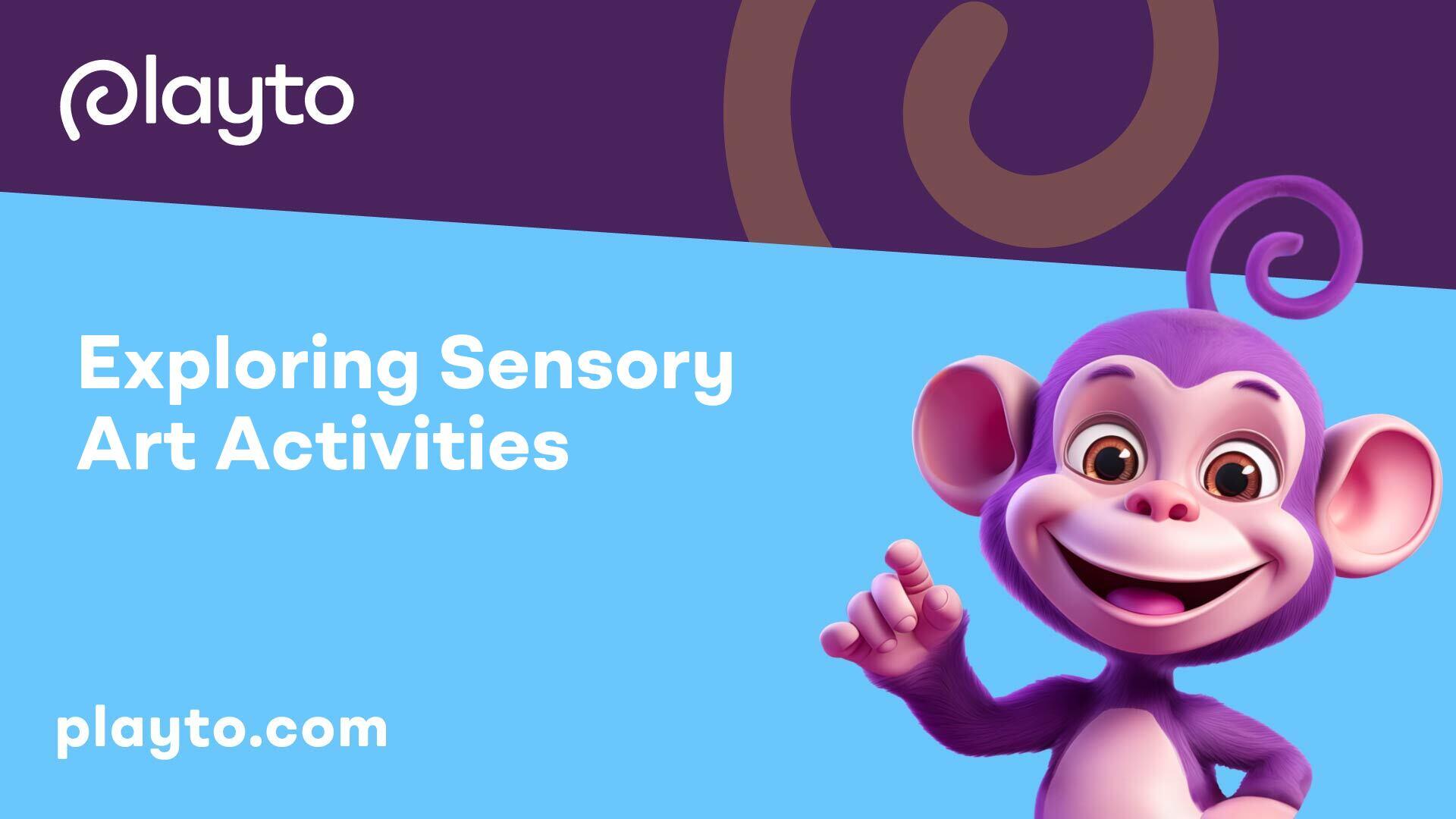
Exploring Sensory Art Activities
Immersing children in sensory art activities is a holistic approach that engages all their senses, allowing them to experience art beyond just visuals. This section delves into the essence of sensory art that encompasses touch, sound, smell, and even taste, providing a multi-dimensional creative experience.
Artwork that Engages all Senses
Sensory art goes beyond traditional art forms by involving all senses, offering a dynamic and immersive artistic encounter. Children engaged in sensory art not only see the colors and shapes but also touch different textures, hear varying sounds, smell different scents, and sometimes even taste elements of their creations.
Sensory art activities can include projects like creating textured paintings using diverse materials, exploring scented playdough to stimulate olfactory senses, composing music to accompany visual art, or even tasting and evaluating different fruits and vegetables as part of an art project. By engaging all senses, children are encouraged to explore and express themselves in ways that traditional art forms may not facilitate.
Evolution of Sensory Art
The evolution of sensory art has transformed the way children interact with artistic expressions. It allows them to move beyond passive observation to active participation in the creation process, enhancing their cognitive and sensory development.
Incorporating sensory art in daycare settings has proven to be beneficial for children's cognitive, emotional, and social growth. By creating environments that encourage sensory exploration and creativity, daycare providers can foster a love for art and enhance children's overall development.
By embracing sensory art activities that engage all senses, daycare centers can create vibrant and stimulating environments that ignite children's curiosity, encourage self-expression, and promote holistic development. These activities not only nurture creativity but also provide valuable learning experiences that extend beyond traditional art forms.
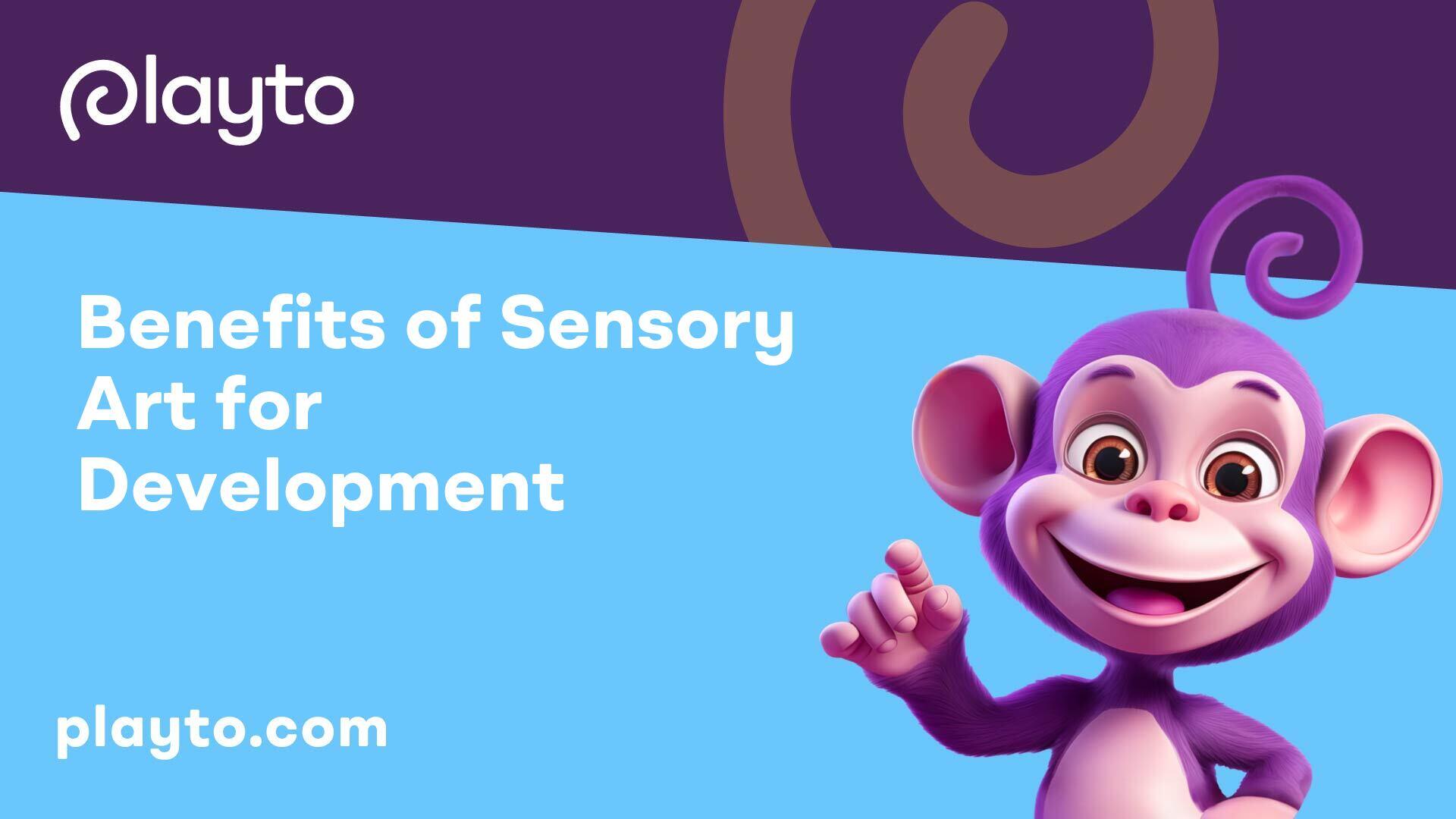
Benefits of Sensory Art for Development
Engaging in sensory art activities provides numerous benefits for the development of children in daycare settings. Two key aspects of sensory art – relaxation and focus, as well as creativity and self-expression, play a pivotal role in nurturing holistic growth.
Relaxation and Focus
Participating in sensory art activities allows children, including those who are neurodivergent, to relax and focus on tangible experiences in our digital world. In today's fast-paced environment, sensory art serves as a joyful way for children to take a break from constant digital information overload. By engaging in hands-on crafting activities, children can reconnect with their senses, promoting relaxation and enhancing their ability to concentrate on the task at hand.
Creating a calm, sensory-rich environment through art activities can be particularly beneficial for preschool special needs children. It offers a space where these children can retreat and feel comfortable, catering to their diverse sensory preferences and possibly providing essential sensory breaks or stimulation as needed.
Creativity and Self-Expression
Sensory art encourages children to unleash their creativity and explore their unique forms of self-expression. Through activities that engage multiple senses, children can express themselves in ways beyond verbal communication. Experimenting with different textures, colors, and materials in art projects enables children to tap into their imagination, fostering creativity and allowing them to convey their emotions, thoughts, and experiences artistically.
Furthermore, the multisensory nature of sensory art promotes a deeper sense of engagement with the learning process. Children have the opportunity to explore various sensory stimuli, enhancing their understanding of the world around them and encouraging them to express themselves in multifaceted ways.
Incorporating sensory art into daycare programs not only enriches children's developmental experiences but also cultivates a nurturing environment where relaxation, focus, creativity, and self-expression are valued. By embracing the benefits of sensory art, daycare settings can provide children with a holistic approach to learning and growth that extends beyond traditional educational methods.
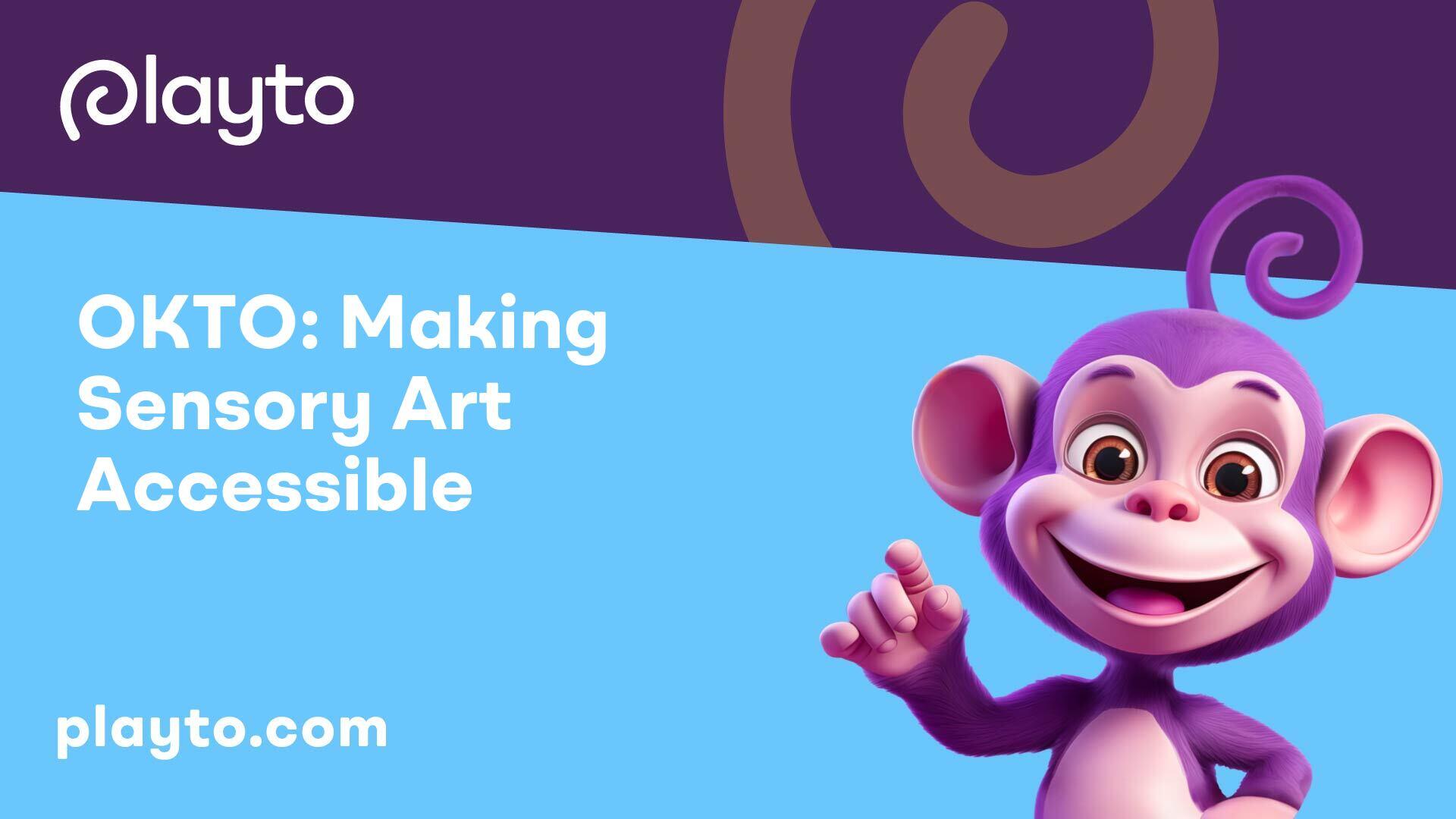
OKTO: Making Sensory Art Accessible
As we delve into the realm of sensory art for daycare development, it's essential to explore brands that make these experiences accessible and enriching for individuals of all ages. OKTO is a standout brand that offers a diverse product range designed to engage the senses and foster creativity in daycare settings and beyond.
Product Range Overview
OKTO provides a comprehensive range of sensory art products, with a particular emphasis on air clay that serves as a versatile and engaging medium for crafting. Air clay is a pliable material that allows children to sculpt, mold, and create three-dimensional artworks while stimulating their sense of touch and sight. The products offered by OKTO are designed to promote sensory exploration, creativity, and self-expression in a fun and educational manner.
Moreover, along with air clay, OKTO offers a variety of sensory art supplies such as paints, brushes, and crafting tools that cater to the diverse needs of daycare centers. These supplies are carefully chosen to ensure safety, quality, and ease of use for children of different age groups.
Benefits for All Ages
Sensory art activities are not limited by age; they offer significant benefits to individuals across the lifespan. OKTO recognizes the universal appeal of sensory art and tailors its products to cater to individuals of all ages, from young children embarking on their sensory play journey to adults seeking new avenues for self-expression and relaxation.
According to recent insights from OKTO Clay, engaging in sensory art activities allows individuals, including those who are neurodivergent, to unwind and focus on tangible experiences in a digital-centric world. These activities provide a joyful outlet for creativity, offering a respite from digital saturation and allowing individuals to reconnect with their senses through hands-on crafting.
In daycare settings, OKTO's products play a vital role in promoting sensory exploration, enhancing fine motor skills, and fostering emotional expression in children. The inclusive nature of OKTO's product range ensures that children of varying abilities and interests can benefit from the enriching experiences offered by sensory art.
As we witness the evolution of sensory art in the late 20th century, brands like OKTO continue to revolutionize the way we perceive art and engage with our senses. By making sensory art accessible and enjoyable for individuals of all ages, OKTO paves the way for a more immersive and enriching artistic experience in daycare environments and beyond.
Selecting Materials for Daycare Play
In the daycare setting, the selection of materials for play is a critical aspect of facilitating an enriching and inclusive environment for children's development. Caregivers are encouraged to choose materials that are both culturally relevant and developmentally appropriate, ensuring that every child feels represented and engaged in their play experiences.
Culturally Relevant Choices
Selecting culturally relevant materials for infant and toddler play is essential to creating a welcoming and inclusive environment for diverse children. Caregivers are advised to choose materials that reflect the backgrounds, community, knowledge, and experiences of the children in their care. This practice not only bridges the gap between a child's home and school life but also fosters a sense of belonging and connection to their heritage.
By incorporating culturally diverse materials, caregivers can promote positive self-identity and appreciation for different cultures among children. It also helps children develop a sense of respect, empathy, and understanding towards others, fostering a harmonious and accepting environment within the daycare setting.
Developmentally Appropriate Toys
In addition to being culturally relevant, selecting developmentally appropriate toys is crucial for promoting children's cognitive, physical, and social-emotional development. Materials for loose parts play should be organized, aesthetically presented, and easily accessible to children. Providing a variety of indoor and outdoor materials, such as water, sand, leaves, sticks, arts and crafts supplies, and building materials, stimulates children's creativity and exploration, promoting learning through play [6].
Teachers play a pivotal role in facilitating loose parts play by allowing children to explore, create, problem-solve, and interact with diverse materials. Instead of directing activities, teachers should observe, interact, ask guiding questions, and introduce new materials to spark children's explorations in different directions. This approach empowers children to lead their learning process and encourages independent thinking and creativity.
By carefully selecting culturally relevant and developmentally appropriate materials for daycare play, caregivers can create a nurturing and engaging environment where every child feels valued, respected, and supported in their learning and growth. These choices not only enhance the play experiences of children but also promote a sense of community, diversity, and inclusivity within the daycare setting.
Importance of Open-Ended Play
When it comes to fostering creativity and imagination in children at daycare, embracing open-ended play is paramount. Open-ended play involves providing children with toys and materials that have no defined purpose, allowing them the freedom to explore and create without limitations. This style of play encourages imagination and innovation while avoiding constraints that predefined toys may impose.
Encouraging Imagination
Open-ended play serves as a canvas for children's imagination to flourish. By engaging with materials that have multiple uses and interpretations, children can invent new worlds, stories, and scenarios. This type of play stimulates cognitive development, problem-solving skills, and abstract thinking, laying the groundwork for creative thinking in later stages of life.
Teachers play a vital role in nurturing children's imaginations during open-ended play sessions. Instead of dictating how toys should be used, educators can encourage children to experiment, explore, and envision their own narratives. By fostering an environment rich in possibilities, educators support the development of critical thinking and imaginative skills.
Avoiding Limiting Toys
By avoiding toys that have a single or predetermined function, daycare centers allow children to discover their preferences and capabilities organically. Toys that can be manipulated in various ways provide children with the freedom to express themselves creatively and develop their problem-solving abilities.
Incorporating teaching colors through daycare crafts and other open-ended activities into the curriculum enables children to explore different materials, textures, and methods of creation. Through these experiences, children learn to adapt, experiment, and embrace uncertainty, essential skills for navigating the complexities of the modern world.
Teachers should curate environments that promote open-ended play by providing a diverse array of materials, such as building blocks, art supplies, natural elements like sand and water, and daycare crafts for problem-solving skills. These materials should be organized, aesthetically presented, and easily accessible to encourage continuous exploration and discovery.
In conclusion, fostering open-ended play in daycare settings cultivates a rich environment of creativity and innovation, nurturing the imaginations of young learners. By embracing the principles of loose parts play and encouraging children to engage with a variety of materials, educators empower children to explore, experiment, and develop vital skills that will benefit them throughout their academic journey and beyond.
Sensory Play Beyond Art
As children engage in sensory play, the benefits extend beyond artistic expression. Two key areas of development that are enhanced through sensory play are motor skills and language development.
Motor Skills and Play
Sensory play through activities that involve dumping, filling, and scooping helps children improve their motor development skills. These activities not only enhance physical coordination but also aid in emotional and social development through both cooperative and independent play.
By manipulating different textures, shapes, and objects, children strengthen their fine motor skills, hand-eye coordination, and dexterity. Whether it's squeezing playdough, stacking blocks, or pouring water, each sensory play experience contributes to the refinement of these essential motor skills. Encouraging children to engage in diverse sensory activities can foster creativity, problem-solving abilities, and confidence in their physical abilities.
Language Development through Sensory Engagement
Language development is significantly enhanced through sensory play as children experience different textures using their hands. This tactile exploration provides opportunities for meaningful conversations and language modeling. By describing the sensations they feel, children build their vocabulary, practice articulating their thoughts, and learn to express themselves effectively.
Through sensory engagement, children develop their receptive and expressive language skills as they communicate their sensory experiences. Whether they are describing the softness of cotton balls, the stickiness of glue, or the crunchiness of sand, each sensory encounter becomes a language-rich moment. Encouraging children to narrate their sensory discoveries and ask questions about their experiences promotes language fluency and cognitive development.
Incorporating sensory play activities that focus on motor skills and language development into the daycare routine can nurture holistic growth in children. By providing opportunities for hands-on exploration and encouraging verbal expression during sensory play, educators can support children's physical, cognitive, and linguistic development in a fun and engaging manner.
References
[1]: https://www.actionforchildren.org.uk/
[2]: https://illumine.app/blog/
[3]: https://blogs.learnquebec.ca/
[4]: https://www.virtuallabschool.org/
[6]: https://blogs.learnquebec.ca
[7]: https://littlebinsforlittlehands.com/kids-sensory-play-ideas/
